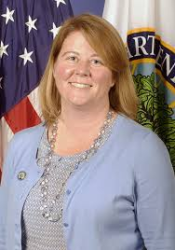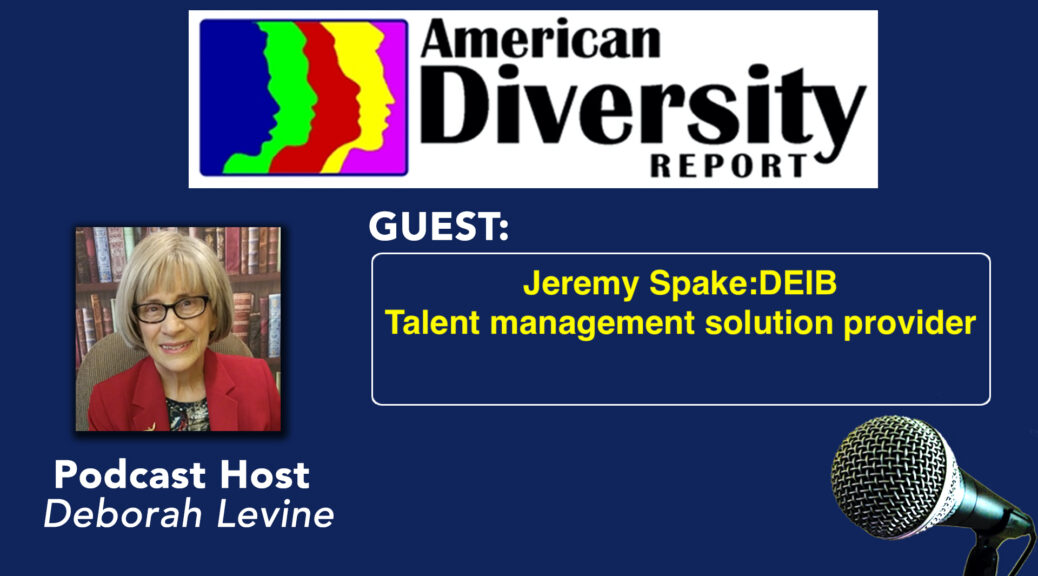ADR PODCAST
BLACK-JEWISH DIALOGUE
Hear the conversation about equity in education from these experts based in Chattanooga, Tennessee. This podcast is part of the ADR Black-Jewish Dialogues.

Ardena Garth Hicks: Education Activist
Ardena is a Hamilton County native and practicing attorney who is the 2020 Legal Aid Society Pro Bono Attorney of the Year. She is a member of the Hamilton County Partnership Network Board of Directors, appointed by TN Education Commissioner Candace McQueen. The Partnership’s charge is to “review the progress of the five schools in the Partnership Network- which have been deemed priority schools by the state…and make recommendations to the Hamilton County Board of Education and Network leadership to support students’ growth and development.”
She is President of Chattanooga Endeavors, Inc., a non-profit organization which advocates for the interests of citizens repatriating from incarceration. Ardena previously was Special Prosecutor for Child Abuse cases with the Hamilton County District Attorney’s office. She served as Hamilton County’s first elected District Public Defender from 1990 to 2014 (3 successive 8-year terms), having been appointed to the newly-created position by Gov. Ned McWherter in 1989. Ardena graduated as a Ooltewah HS valedictorian, earned her bachelor’s degree at Middle TN State U. and earned her Juris Doctor (JD) degree from the U. of Kansas.
 Dr. Jill Keegan Levine: Education Administrator
Dr. Jill Keegan Levine: Education Administrator
Jill is the Chief of Innovation and Choice for Tennessee’s Hamilton County Schools, a district of over 45,000 students. Prior to this role, she served as the Chief of the Opportunity Zone, a learning community focused on turnaround of the twelve highest needs schools in the district, as well as serving previously as the Chief Academic Officer of the school district.
After graduating from Wellesley College with a double major in Music and History, Jill began her career teaching 3rd grade and directing musical theater productions in the New Orleans Public Schools. She was the principal of Normal Park Museum Magnet, a Chattanooga Pre-K through 8th grade school, for 14 years. She led the transformation of two low performing schools into award winning, innovative, exciting and challenging places of learning. In 2012, Jill was recognized as the National Magnet Schools Principals of the Year. From 2013-2015, she served in the Obama administration as the first full time Principal Ambassador Fellow at the US Department of Education. In that capacity, she worked closely with Secretary Arne Duncan to increase the department’s focus on the importance of school leadership.
CLICK for PODCAST LINK
Also hear: BLACK-JEWISH DIALOGUE PODCAST: POETS SPEAK



 Jeremy Spake is a Principal on the Thought Leadership & Advisory Services team at Cornerstone OnDemand, a leading global SaaS-based talent management solution provider. In this capacity, he works to develop continuous performance management, data-driven compensation, and succession strategies to advise organizations on how to drive people theory into practice. Central to this work is providing guidance to embed talent management strategy with Diversity, Equity, Inclusion & Belonging (DEIB) initiatives for clients. Spake has led pay equity initiatives, Employee Resource Groups, advocated for inclusive benefits offerings and regularly leads talent management strategy workshops for Cornerstone’s clients around the world. He lives in Seattle with his husband David and cat Oliver.
Jeremy Spake is a Principal on the Thought Leadership & Advisory Services team at Cornerstone OnDemand, a leading global SaaS-based talent management solution provider. In this capacity, he works to develop continuous performance management, data-driven compensation, and succession strategies to advise organizations on how to drive people theory into practice. Central to this work is providing guidance to embed talent management strategy with Diversity, Equity, Inclusion & Belonging (DEIB) initiatives for clients. Spake has led pay equity initiatives, Employee Resource Groups, advocated for inclusive benefits offerings and regularly leads talent management strategy workshops for Cornerstone’s clients around the world. He lives in Seattle with his husband David and cat Oliver.
